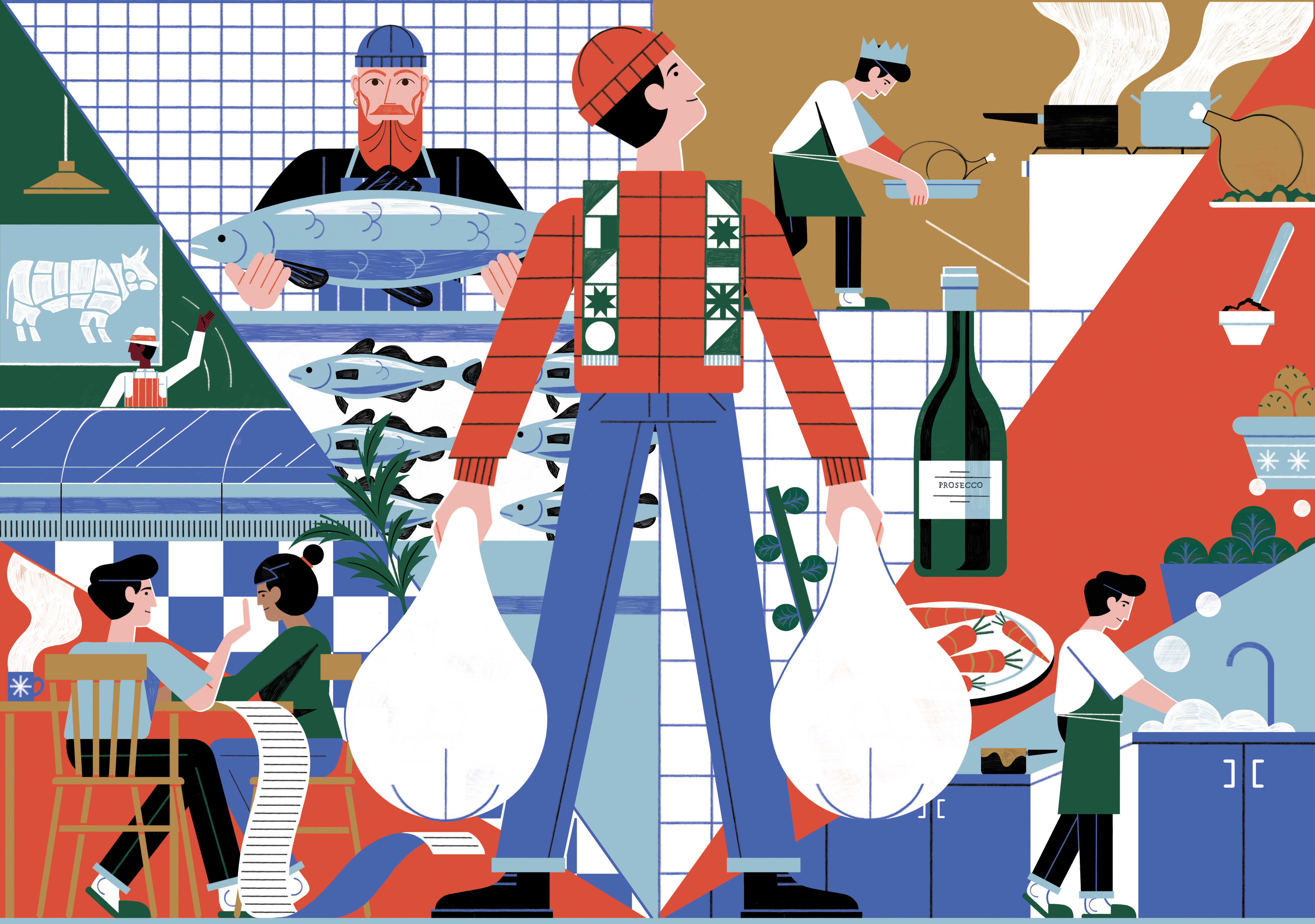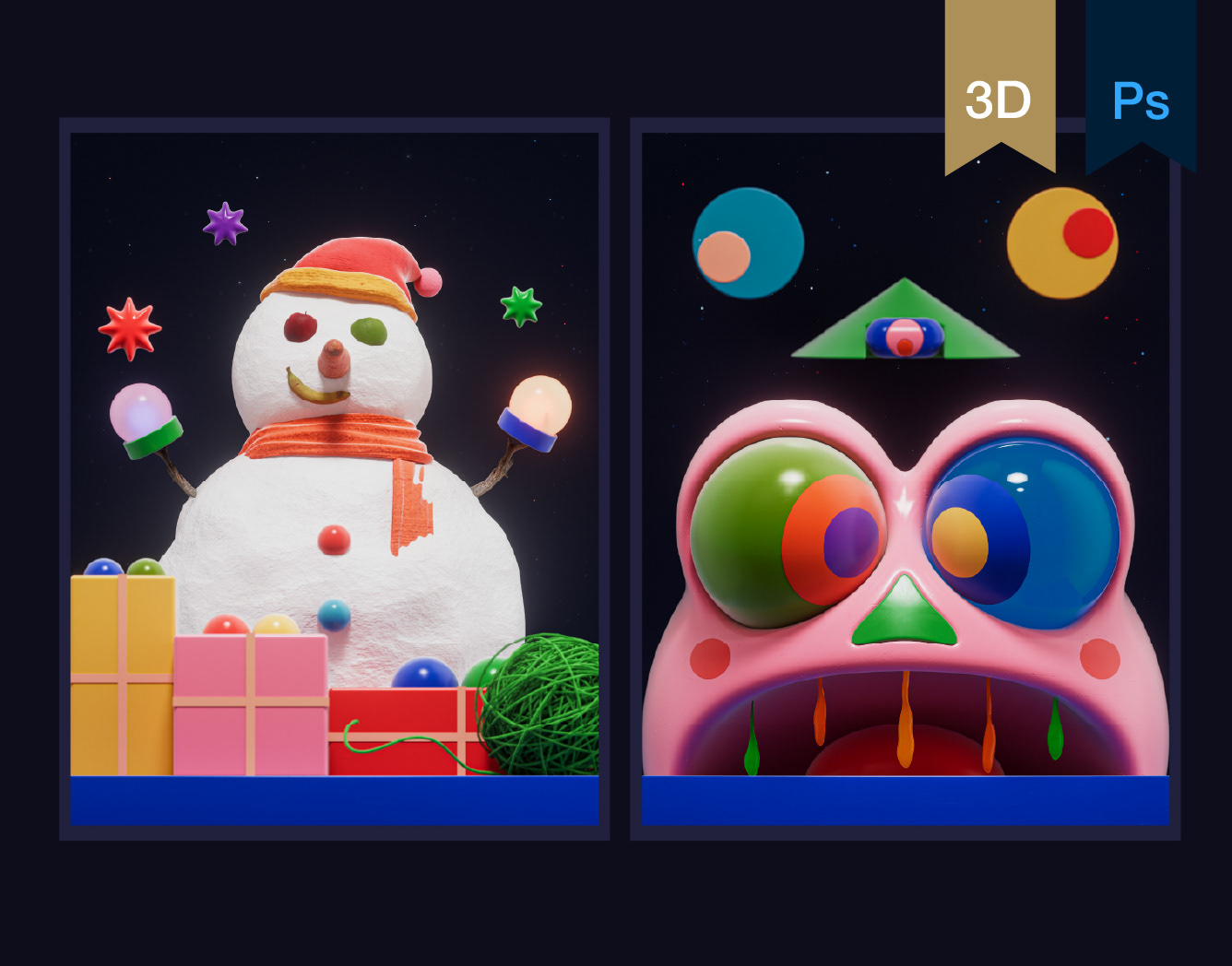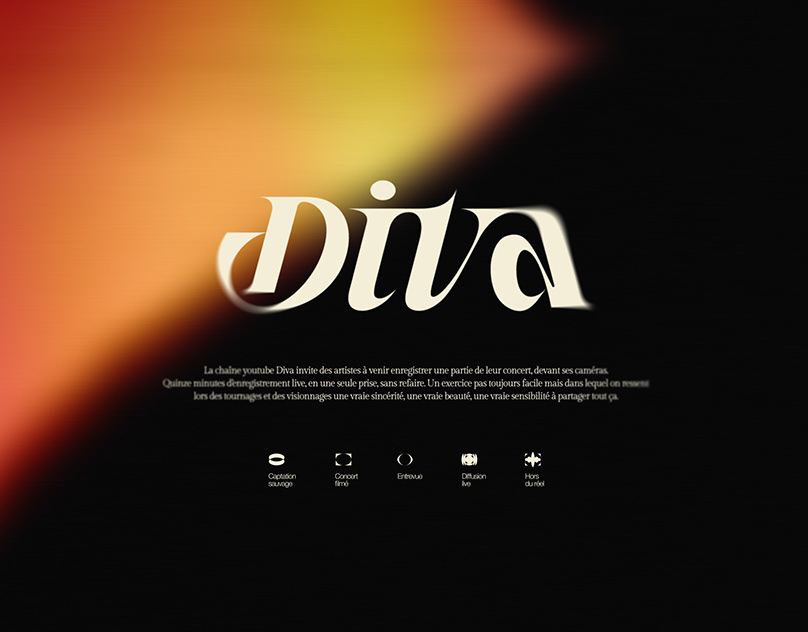ATABAQUE
Uma consultora/agência de entretenimento apaixonada por cultura.
"Um dos tambores mais fundamentais e mais universais da música brasileira é o atabaque. Como base da percussão, ele integra cultos, celebrações e festas. Toca para divertir, toca para pedir seus mais secretos desejos, toca para fazer música. E mesmo sendo a base, uma canção ganha corpo e se faz completa apenas quando é acompanhada de outros instrumentos. E essa é exatamente a relação que temos com nossos talentos. O propósito da Atabaque é realizar sonhos, agindo como um facilitador para que a música se propague livremente por aí."
A consulting/entertainment agency passionate about culture.
"One of the most fundamental and most universal drums in Brazilian music is the atabaque. As a basis for percussion, it integrates cults, celebrations and parties. It plays to amuse, it plays to ask for its most secret desires, it plays to make music. And even though it is the base, a song takes shape and becomes complete only when accompanied by other instruments. And this is exactly the relationship we have with our talents. Atabaque's purpose is to make dreams come true, acting as a facilitator for the music to spread freely through ouch."

DUAFE
A palavra Duafe vem do símbolo Adinkra usado na África Ocidental, que significa pente de madeira.
É um objeto de adorno desejado pelas mulheres Akan, usado tanto para pentear como para segurar o cabelo. Símbolo da higiene e da beleza, qualidades desejáveis numa mulher, enfatizando a beleza interior.
Virtude feminina, amor eterno, bondade e carinho. É um dos poucos símbolos que possui uma forma real dentro da simbologia Adinkra.
O significado deste símbolo está caracterizado de forma um pouco diferente no dicionário Adinkra e no livro O valor dos símbolos Adinkra.
O primeiro enfatiza qualidades mais abstratas de bondade feminina, amor e cuidados, enquanto este último tem uma interpretação mais literal, à procura da perfeição e da boa higiene. De qualquer modo o duafe é um objeto de posse caro à mulher Akan, usado tanto para pentear quanto para franzir o cabelo.
DANÇA RITUALÍSTICA
Segundo a filosofia do candomblé, o universo é dinâmico e ao manter-se em movimento ele está em equilíbrio. A dança é o testemunho mais correto e expressivo desse ritmo universal. A vida faz parte desse processo rítmico e dinâmico de criação e destruição, de morte e renascimento, expresso no ritmo das danças dos orixás, que simbolizam as energias da natureza nesse eterno e alterno ritmo, que continua em ciclos infinitos.
Dentro dos rituais, o responsável por tocar o Atabaque é chamado de Ogã que na religião afro-brasileira é o nome do sacerdote escolhido pela divindade ancestral orixá, que permanece lúcido durante todos os trabalhos, não entrando em transe, mas ainda assim recebendo a intuição espiritual. Ele tem um papel muito importante de manter a vibração dentro do ritual, assim facilitando o medium encarnar o orixá.
DUAFE
The word Duafe comes from the Adinkra symbol used in West Africa, which means a wooden comb.
It is an adornment object preferred by Akan women, used both for styling and holding hair. Symbol of hygiene and beauty, desirable qualities in a woman, emphasizing inner beauty.
Feminine virtue, eternal love, kindness and affection. It is one of the few symbols that has a real shape within Adinkra symbology.
The symbol meaning is prepared somewhat differently in the Adinkra dictionary and in the book The value of the Adinkra symbols.
The former emphasizes more abstract qualities of feminine kindness, love and attention, while the latter has a more literal interpretation, looking for perfection and good hygiene. Either way or duafe it is an object of possession dear to the Akan woman, used both for combing and for puckering or hair.
RITUALISTIC DANCE
According to the philosophy of Candomblé, the universe is dynamic and when it keeps moving it is in balance. Dance is the rhythm of the most correct and expressive testimony of this universal. Life is part of the rhythmic and dynamic process of creation and destruction, death and rebirth, expressed in the rhythm of the orixás' dances, which symbolize the energies of nature in this eternal and alternating rhythm, which continues in infinite cycles.
Within the rituals, the person responsible for playing the Atabaque is called Ogã which in the Afro-Brazilian religion is the name of the priest chosen by the ancestral deity orixá, who remains lucid during all the works, not going into a trance, but still receiving intuition It plays a very important role in maintaining the vibration within the ritual, thus facilitating the medium to embody the orixá.


SÍMBOLO
O símbolo é a junção das mãos e braços fortes e calejados do históricamente instrumentos de trabalho e luta, mas que neste caso simboliza a força da cultura afro-brasileira. Os raios lembram a vibração e trazem à composição um elemento pop. Por fim, temos as pernas, simbolizando a dança, elemento essencial dentro dos rituais.
SYMBOL
The symbol is the combination of the strong and callused hands and arms of historically instruments of work and struggle, but in this case it symbolizes the strength of Afro-Brazilian culture. The rays resemble the vibration and bring a pop element to the composition. Finally, we have the legs, symbolizing the dance, an essential element within the rituals.































